SUNDAY JOINT, 10-22-2023: KODAK MAGIC, OR HOW LEROY GRANNIS MADE A STAR OUT OF HERMOSA BEACH

Hey All,
“22 Street” was the bare bones title of a feature piece in the June 1963 issue of SURFER. Eight full pages on a negligible little piece of Hermosa Beach, holding down the middle of an issue that’s just 60 pages front to back. If you don’t know Hermosa, you are baffled. If you do know Hermosa—you are more baffled. South Bay old-timers will bang their canes on the floor and tell you Hermosa used to be better than it is now, and that may be true. But go back to Hermosa’s best year, 1899 or 1963 or who knows when, and for 340 of those 365 days the surf would’ve been middling-to-bad for any and every reason you can imagine: too big, too small, black-balled, crowded, closed out, blown out. The limb I’m crawling on feels very secure behind me when I say that, in the entire geologic history of Southern California, there has never been a day at Hermosa where it wasn’t better a short drive north or south—or even walking distance; Manhattan Beach, a stone’s throw to the north, is almost always better than Hermosa.
And yet this article. “22 Street.” Eight prime-time pages. Biggest feature in the magazine. Bigger than the one on Ala Moana, which is not only a miracle of a wave, but pumped that year. Apart from the cover, there is but a single-color photo in this whole issue. The caption on that photo reads, “Jim Fox, a real up-and-comer at 22nd Street.”
Weird things happen at surf magazines. I worked at SURFER back when issues were printed on calfskin and delivered by Pony Express, but I still remember all the twists and turns that come up during the production process. With this Hermosa article, I can imagine some kind of fire drill situation where, say, a major long-planned-for article dropped out of the mix around lunchtime and Severson had four hours to bang something together before deadline. I can hear John barking out orders. “No time for a title, boys! ‘22 Street’ will have to do! Now off to the presses!”
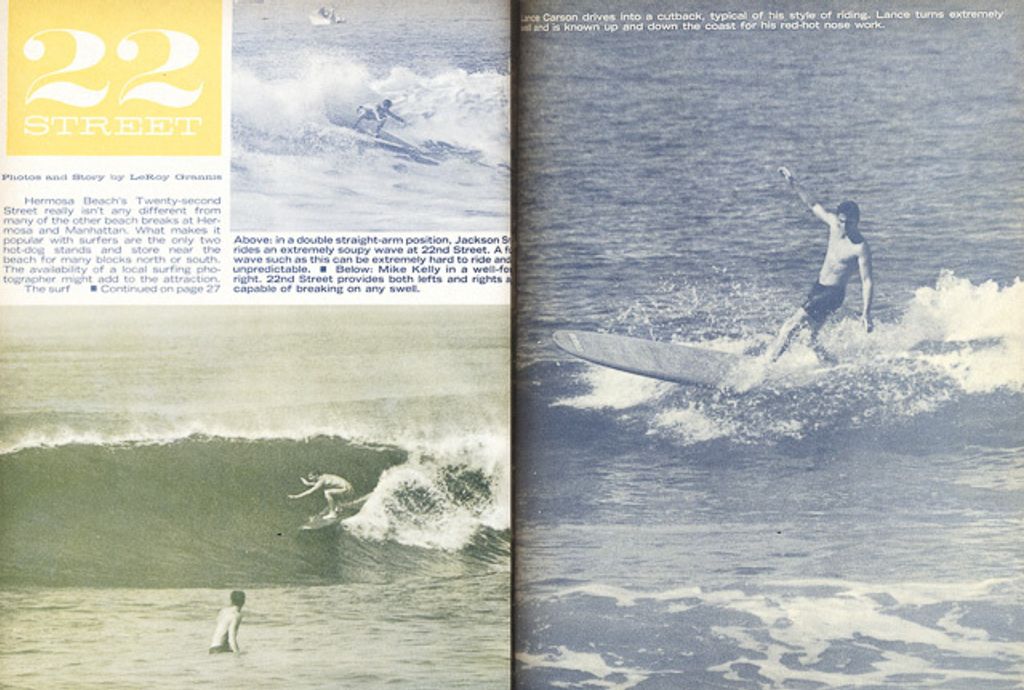
But no. I’ll bet anything the Hermosa article wasn’t a last-minute job. The surf world was just a tiny place in 1963, that’s all. Indonesia didn’t exist for us. Neither did Jeffreys Bay, or Puerto Escondido. Drive north out of Santa Cruz on Highway One and it was “Here Be Dragons.” Even within the confines of this older and smaller surf world, of course, everybody knew Hermosa wasn’t a great spot. On the other hand, it had some advantages: lots of free parking, cigarettes and donuts at the nearby Green Store, surf shops all over nearby Pacific Coast Highway.
Best of all, SURFER photographer emeritus LeRoy Grannis lived right there beachfront at 22nd and Strand. Grannis was the real attraction at Hermosa Beach, not the surf. Like a gruff old Broadway producer, LeRoy would stand behind his howitzer-sized camera rig, next to the lifeguard tower, and the hottest surfers from four counties would paddle out and dance for him: Dewey Weber, Lance Carson, Henry Ford, Donald Takayama, Rusty Miller, and even sometimes Miki Dora.
22nd Street was basically a pop-up surf break. Most days it was just a regulation 100-yard plot of Southern California beach and ocean; warm and fine and totally anonymous. But put Grannis in the picture, trigger finger flying, empty boxes of Kodak Panatomic-X scattered around his tripod, and you’ve got a happening. A scene. If enough people wish it to be so, a non-surf break can present itself—briefly, wonderfully, delusionally—as the hottest break on the coast.
Thanks for reading, and see you next week.
Matt

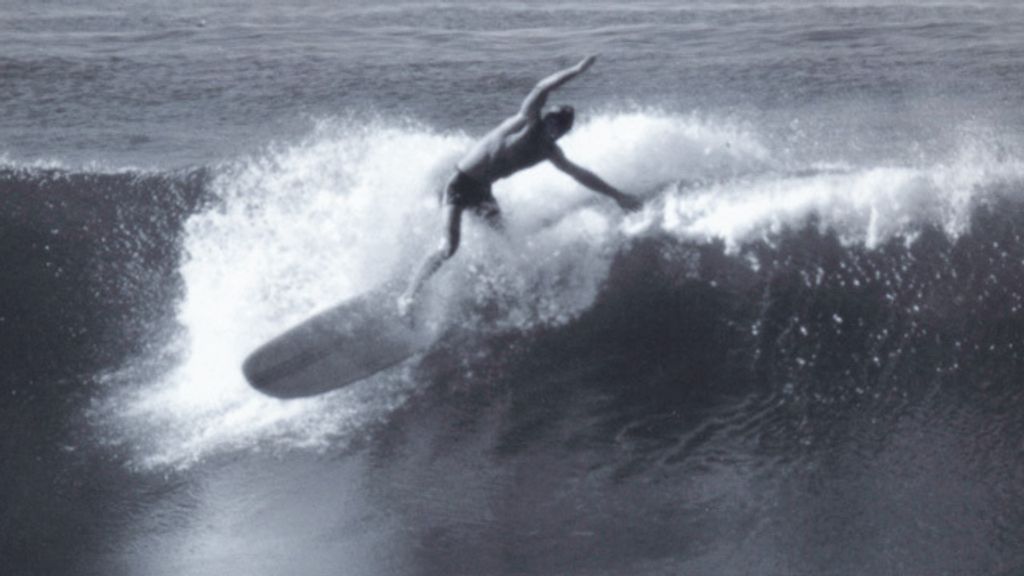
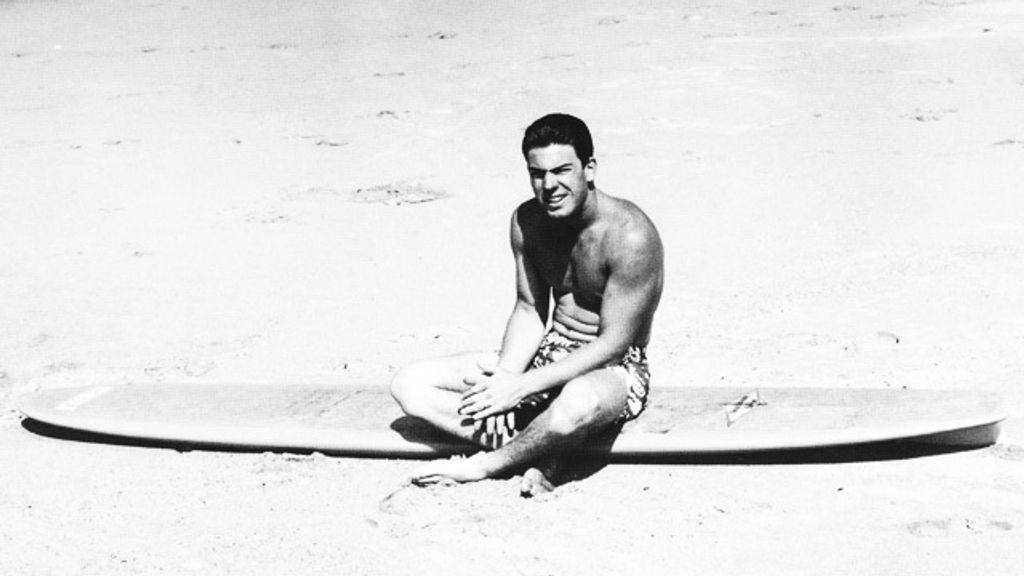
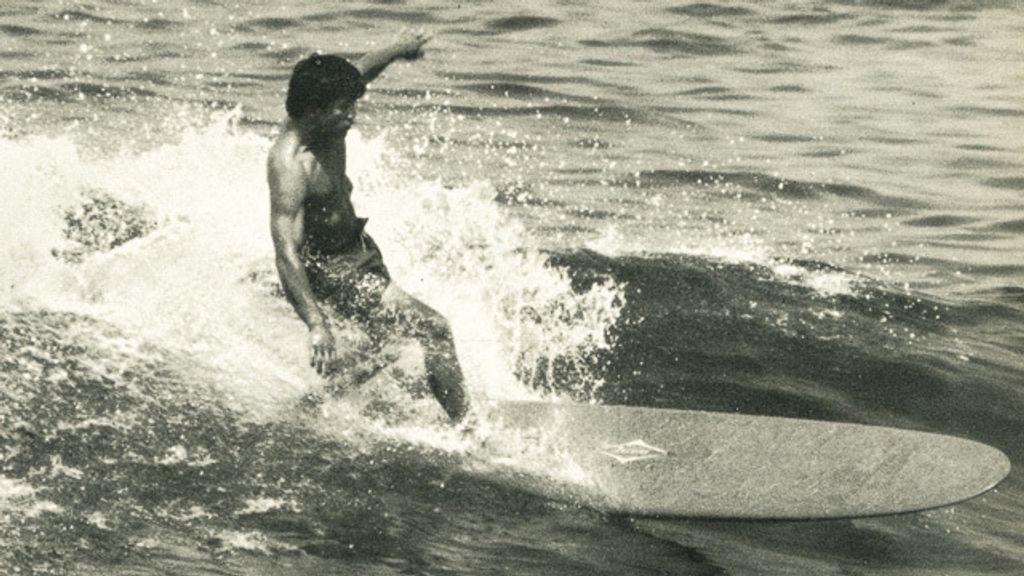
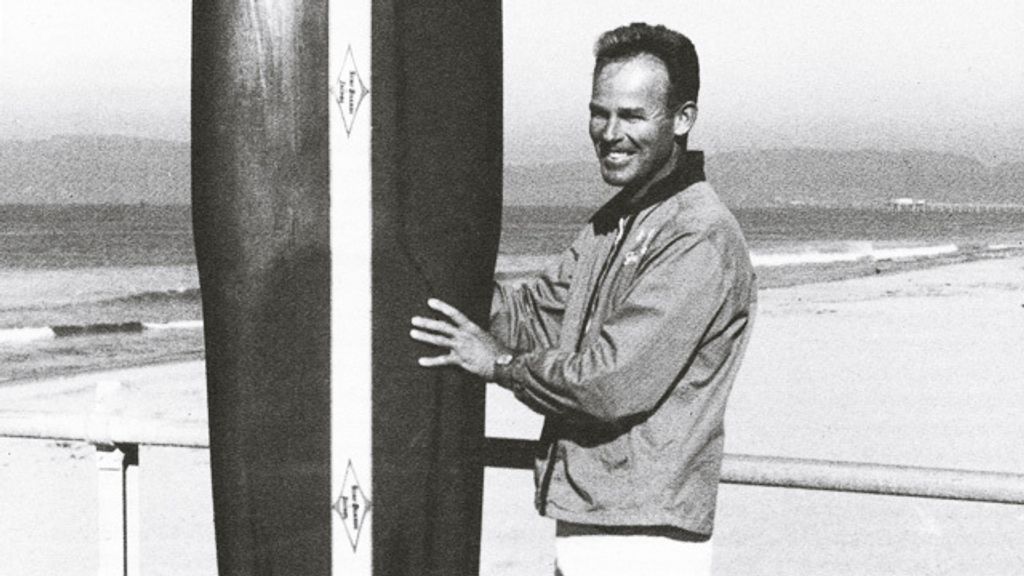

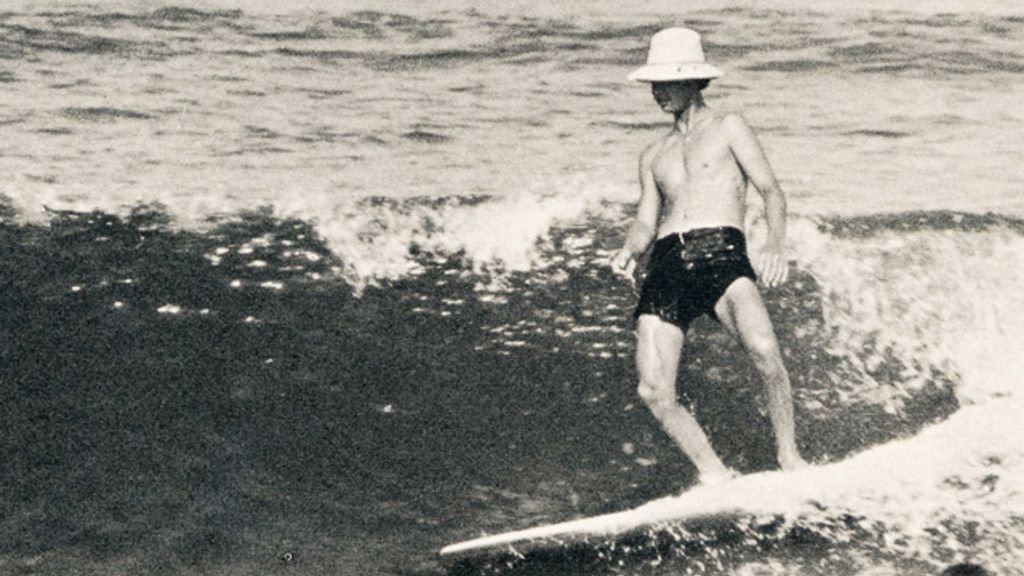
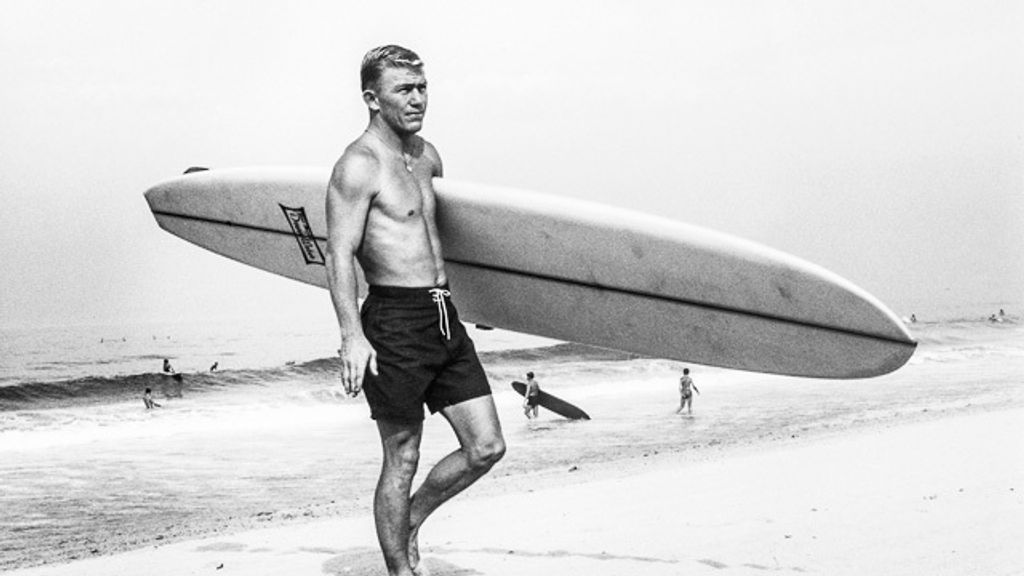
[Today’s Joint originally ran in 2018 as an EOS blog post. Photo grid, clockwise from top left: Dewey Weber; unknown; LeRoy Grannis photographed by Frank Grannis; Hermosa Pier ad shoot. Above photos, top to bottom: Dewey Weber, Bing Copeland, Lance Carson, Donald Takayama, Hap Jacobs, Henry Ford, David Nuuhiwa, Dewey Weber. All photos by LeRoy Grannis.]